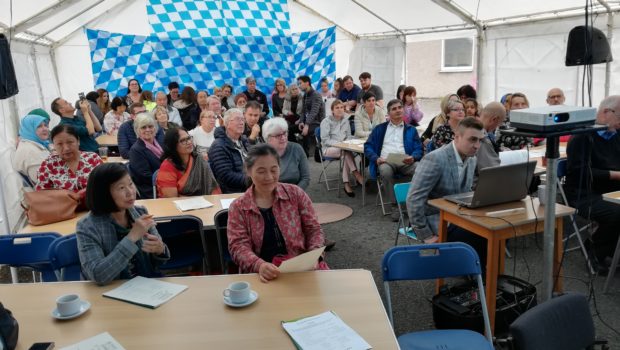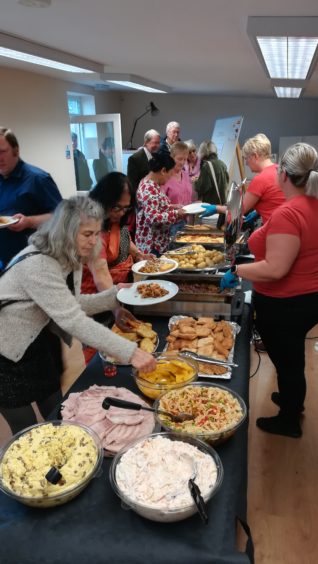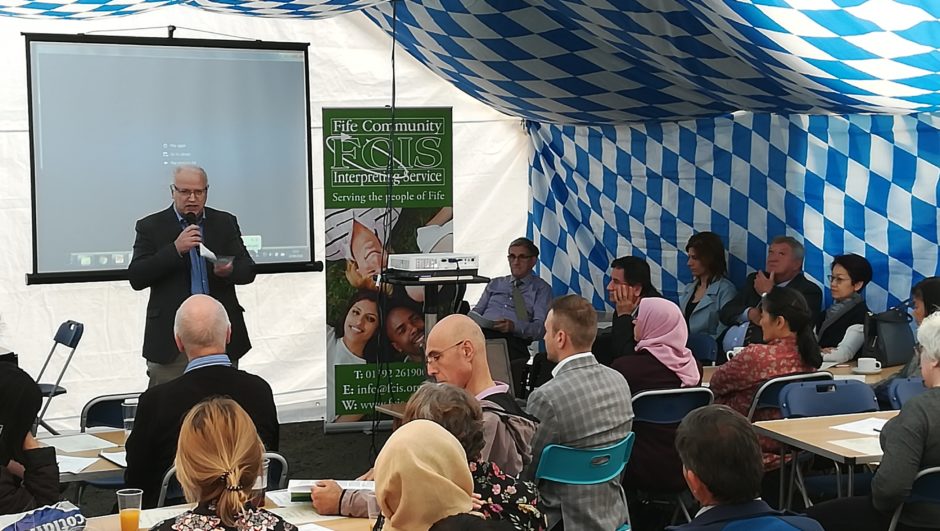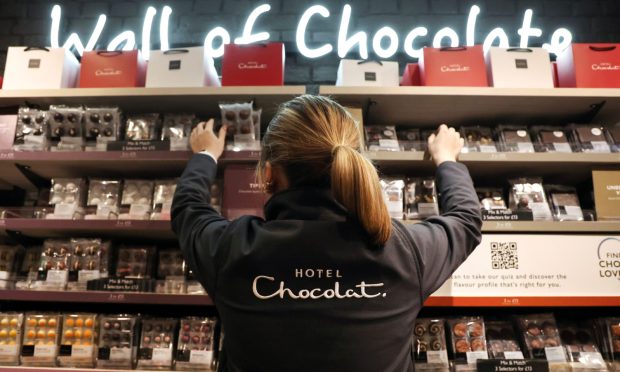A vital service which broke the language barrier for migrants making a new life in Scotland has celebrated its 25th anniversary.
Kirkcaldy-based Fife Community Interpreting Service (FCIS) was set up in 1994 and has been providing a professional service for individuals from minority language groups ever since.
It is estimated the service has helped more than 80,000 foreign nationals living in the region in the past 25 years, providing help in 63 different languages from around the globe.
David Watson, who helped set up the service, was a teacher working in schools across Fife at the time and remembers the dire need for interpreters.
“Imagine having a hospital appointment and knowing that no-one at the hospital can speak your language or will understand you; or wanting to find out how your child is getting on at school but being afraid to approach the teacher because of a language barrier,” he said.
“These situations are frustrating, not only for individuals, but also for organisations such as the NHS and schools, who cannot get important information across to patients or parents.”
He said the group decided to act on research carried out in 1992 which showed minority ethnic people frequently felt isolated and helpless because of language and cultural barriers.
“We were also finding that complaints of racism were frequently ignored or dealt with inappropriately by the authorities,” he added.
“It was clear that something had to be done and from that came the interpreter service we still have today.”
Now retired, David looks back on his career with the huge sense of pride.
Training methods for staff are now much better, with information commonly made available in a range of languages.
In the 1990s, the main languages required were Urdu, Panjabi, Cantonese and Bengali as well as from people from former Commonwealth countries, whereas nowadays Polish, Russian and Latvian top the list.
To mark the 25th anniversary of the FCIS, interpreters past and present along with many of those the service had helped, came together at an event in Kirkcaldy to celebrate the achievements.












